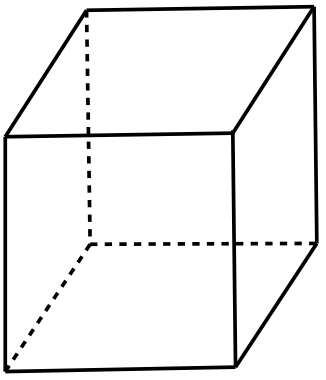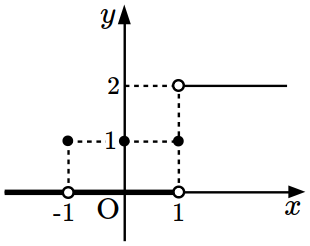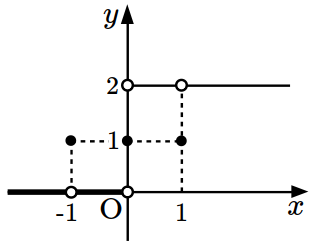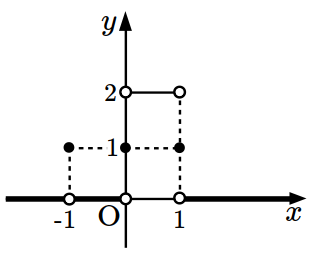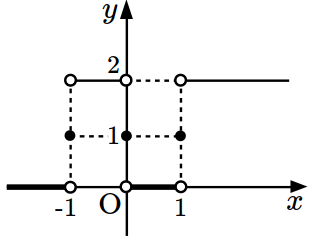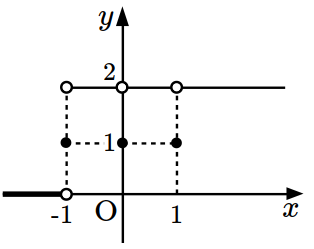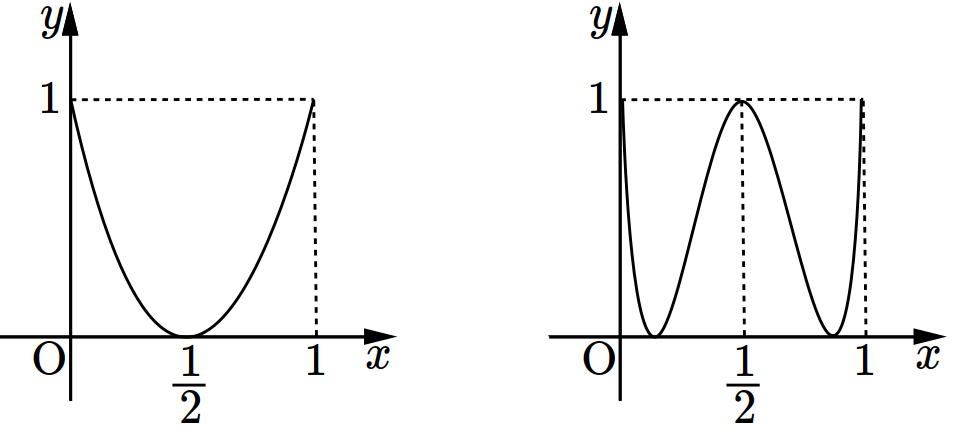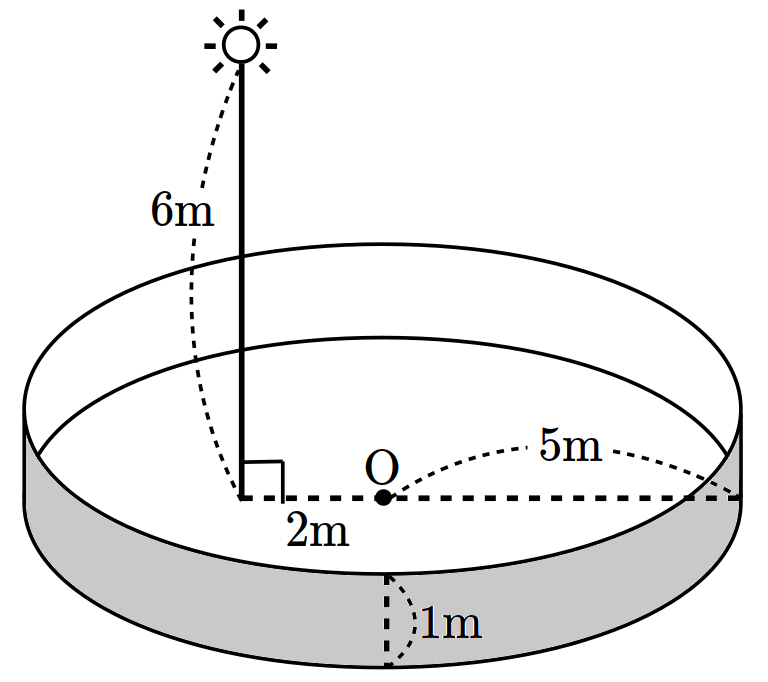- \(\dfrac{45}{16}\)
- \(\dfrac{43}{16}\)
- \(\dfrac{41}{16}\)
- \(\dfrac{39}{16}\)
- \(\dfrac{37}{16}\)
1994 College Scholastic Ability Test No.2
Mathematics·Studies (I)
- \(1\)
- \(\dfrac{1}{2}\)
- \(2\)
- \(\dfrac{1}{4}\)
- \(4\)
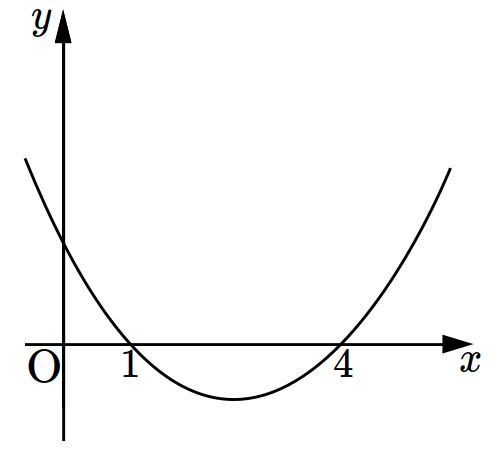
\(g(x)=\displaystyle\int_x^{x+1}f(t)dt.\)
What is the minimum value of \(g(x)\)?
- \(g(1)\)
- \(g(2)\)
- \(g\!\left(\!\dfrac{5}{2}\!\right)\)
- \(g\!\left(\!\dfrac{7}{2}\!\right)\)
- \(g(4)\)
- \(13\)
- \(14\)
- \(15\)
- \(16\)
- \(17\)
